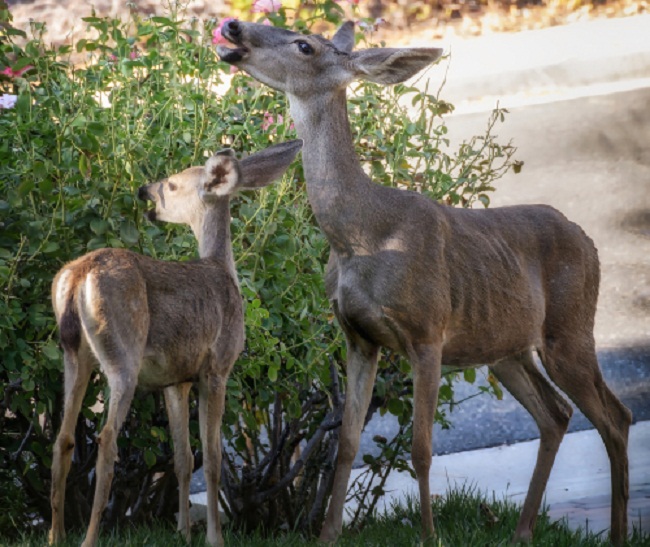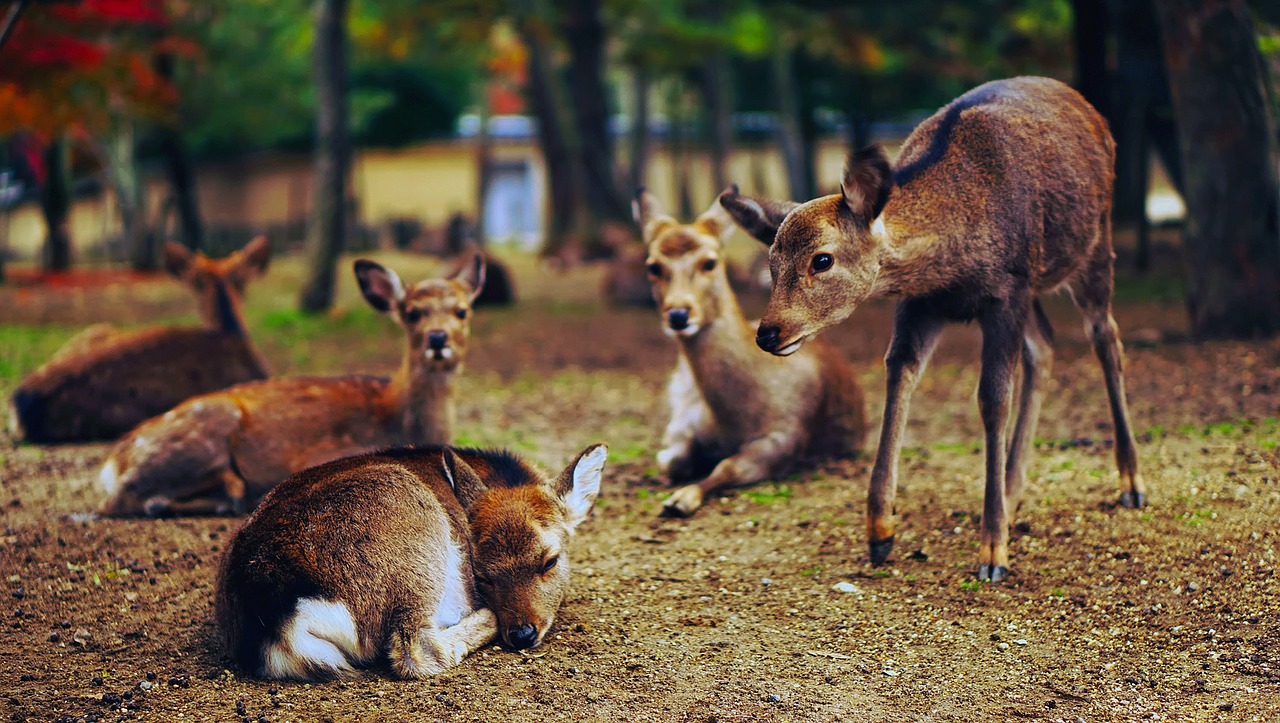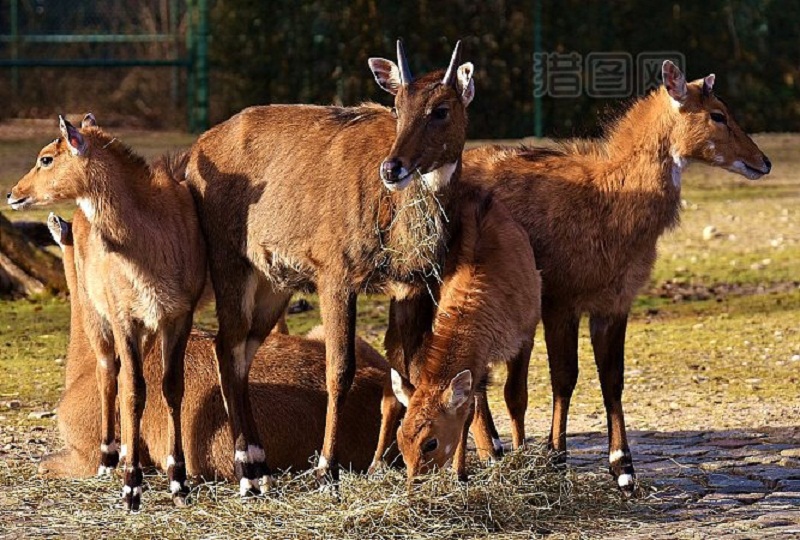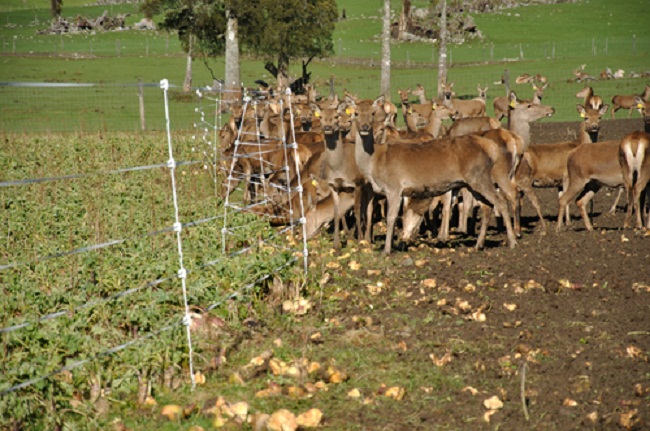Gardening can be a bit more difficult when you’re in an area that’s a deer territory. Deer are beautiful creatures, but they can be a headache when they start eating the vegetables, flowers, and other plants in your garden beds. Whether you’re still preparing your garden or you currently have one, it’s best that you take protective measures and invest in a deer repellent. Instead of using chemicals that can be toxic to you, there are other kinds of deer repellents that you can utilize. This article lists deer repellants and the reasons they hate them.
1.Scent repellents

Deer have a powerful sense of smell. Just like how they can locate your garden for the most sumptuous snacks, they are quickly put off by certain smells. Deer hate them because of the foul odor and will steer away from your backyard. When using this technique, it’s crucial that you switch up the scent because they can become immune to them. You can start with these while you are looking for a more stable deer repellent. Other tips on how you can use the smell for your garden are:
Eliminate the attractants. Harvest fruits and vegetables as soon as they are ready to avoid tempting the deer to come over for a meal.
Avoid planting flowers or plants that are fragrant to deer in areas that can easily be accessed by them. Some examples are hydrangea, hibiscus, clematis, petunias, roses, sunflowers, and crab apples.
Fill your garden with plants that deter deer like mint, lavender, thyme, daffodils, asparagus, rosemary, horseradish, foxgloves, French marigold, onions, and garlic.
Create your own scent repellents with the use of eggs, cayenne pepper, and others. There are various resources on the Internet in case you don’t like to use Milorganite.
2.Physical repellents

Physical repellants can range from reflective surfaces to fencing. These become barriers to keep deer away from your property, discouraging deer from entering, depending on the method you use. These are essential to install if you want more stable and effective repellents, especially when there are quite a few deer visitors in your area. A few examples of these physical deterrents are:
Fences
There are various fencing options that you can use in your garden, depending on which suits your property in terms of functionality, aesthetic, area size, and so on. This is the most obvious way to repel deer and is more permanent. Deer can jump up to eight feet, so this is a height that you should consider. On the other hand, there are wireless and electric fences that you can choose if your local zoning laws allow and you don’t have small children.
Sprinklers
Motion-activated sprinklers are effective in repelling deer in certain areas of your garden. Taller sprinklers work better than shorter ones, and opt for those with an infrared sensor that can operate at night, too. When using this, remember that these don’t work during winter when the hose freezes easily, so you need an alternative.
Reflectors
Reflectors can vary from aluminum plates and plans and streamers, which you can hang around your garden, to motion-activated light that you can purchase at almost any merchandising store. These reflectors and lights scare them enough to make them turn away from your property.
Electronic posts
This is an option if you want a more natural-looking landscape or don’t want to install a fence for aesthetic and financial reasons. These posts work as a bait to the deer and deliver a mild shock that can be startling instead of painful. As deer are seen to be creatures of habit and with a good memory, this method has been observed to discourage them from returning to the same property. When using this repellant, remember to move around posts or use more when covering a larger area.
3.Noise repellents

A deer’s survival instincts include avoiding danger, which can come from unexpected or unexplained sounds, causing noise repellents to be capable of keeping them away from your property. These can vary from whistles to anti-deer alarms. Deer are smart creatures, and you must remember to switch up the sounds so that they don’t see a pattern that they can be immune to. A number of sound repellents used are:
- Ultrasonic devices with a two to six kilohertz range to be effective specifically for deer
- Windchimes positioned in different areas of the garden
- Electric wires that give off a humming sound
- Loud radio static noise
Final Thoughts
Deer are beautiful and smart creatures that can work their way in your garden if you aren’t watchful enough to take measures in keeping them away. It’s essential to deter them from your property not only because they can damage your yard, but also because deer ticks can be carriers of Lyme disease and other tick-borne diseases. You can use the guide above for deer repellant options and remember that you need to alternate your techniques to be effective.






